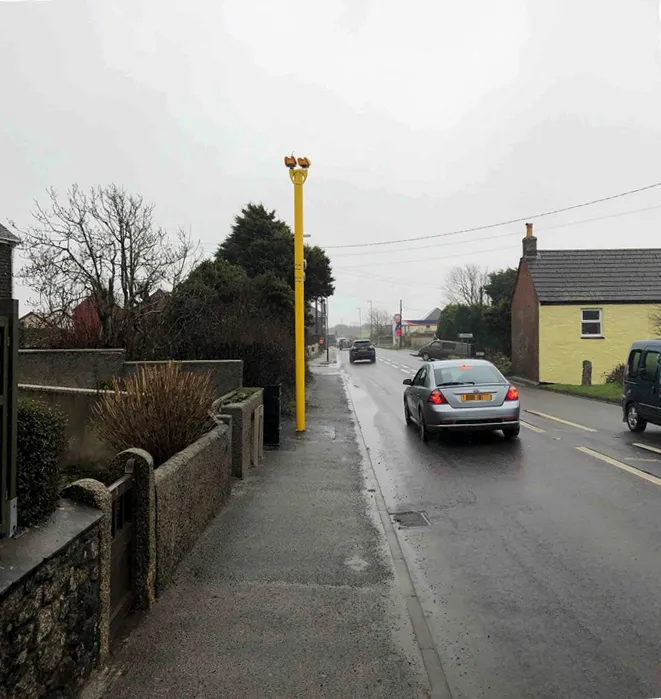UK company, Traffic Technology Limited will install ten pedestrian and cycle counters on behalf of local authorities in and around the town of UK town of Bicester, Oxfordshire, as part of the new Eco Bicester project.
April 19, 2012
Read time: 2 mins
RSSUK company, 561 Traffic Technology Limited will install ten pedestrian and cycle counters on behalf of local authorities in and around the town of UK town of Bicester, Oxfordshire, as part of the new Eco Bicester project.
According to Odele Payne, transport planner for Oxfordshire County Council, “Eco Bicester aims to make Bicester a better place to live, work and bring up a family. We are focusing on improving transport so that the residents of Bicester have the option to travel by cycle and on foot. We are hoping that the number of people walking and cycling will increase. We are counting the number so we can monitor the success. “
Using a combination of Eco Pyro pedestrian monitors and Zelt cycle counters, locations that local people have indicated are important are being monitored, many of which are likely to receive improvements or will be developed into important pedestrian and cycling routes from future new housing developments to Bicester town centre.
Traffic Technology systems in use are the patented Eco Pyro, and the Zelt cycle monitoring system. The Eco Pyro registers body heat as people break an infra-red beam, while the Zelt is claimed to be the first truly low power cycle detection system. It uses inductive loops to detect the unique signature of each cycle as it passes over the loop, and is said to be able to count cycles even in mixed traffic, with an accuracy of +/-5%.
According to Odele Payne, transport planner for Oxfordshire County Council, “Eco Bicester aims to make Bicester a better place to live, work and bring up a family. We are focusing on improving transport so that the residents of Bicester have the option to travel by cycle and on foot. We are hoping that the number of people walking and cycling will increase. We are counting the number so we can monitor the success. “
Using a combination of Eco Pyro pedestrian monitors and Zelt cycle counters, locations that local people have indicated are important are being monitored, many of which are likely to receive improvements or will be developed into important pedestrian and cycling routes from future new housing developments to Bicester town centre.
Traffic Technology systems in use are the patented Eco Pyro, and the Zelt cycle monitoring system. The Eco Pyro registers body heat as people break an infra-red beam, while the Zelt is claimed to be the first truly low power cycle detection system. It uses inductive loops to detect the unique signature of each cycle as it passes over the loop, and is said to be able to count cycles even in mixed traffic, with an accuracy of +/-5%.










